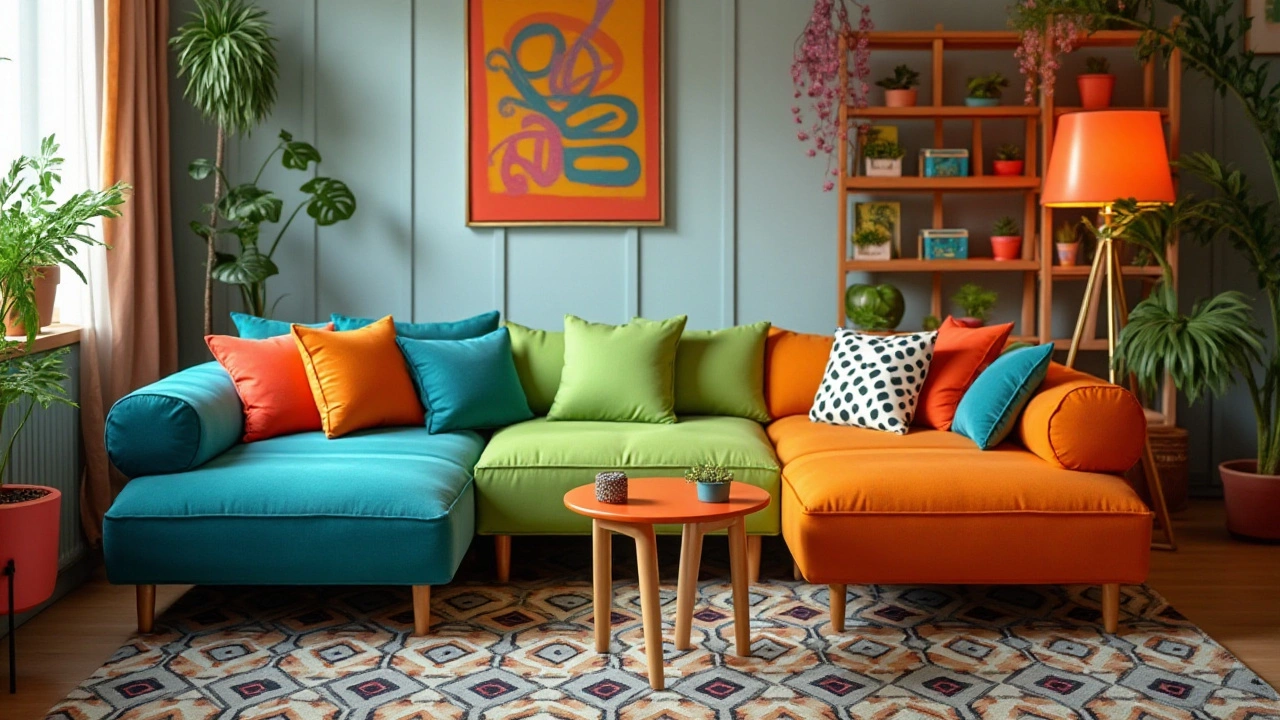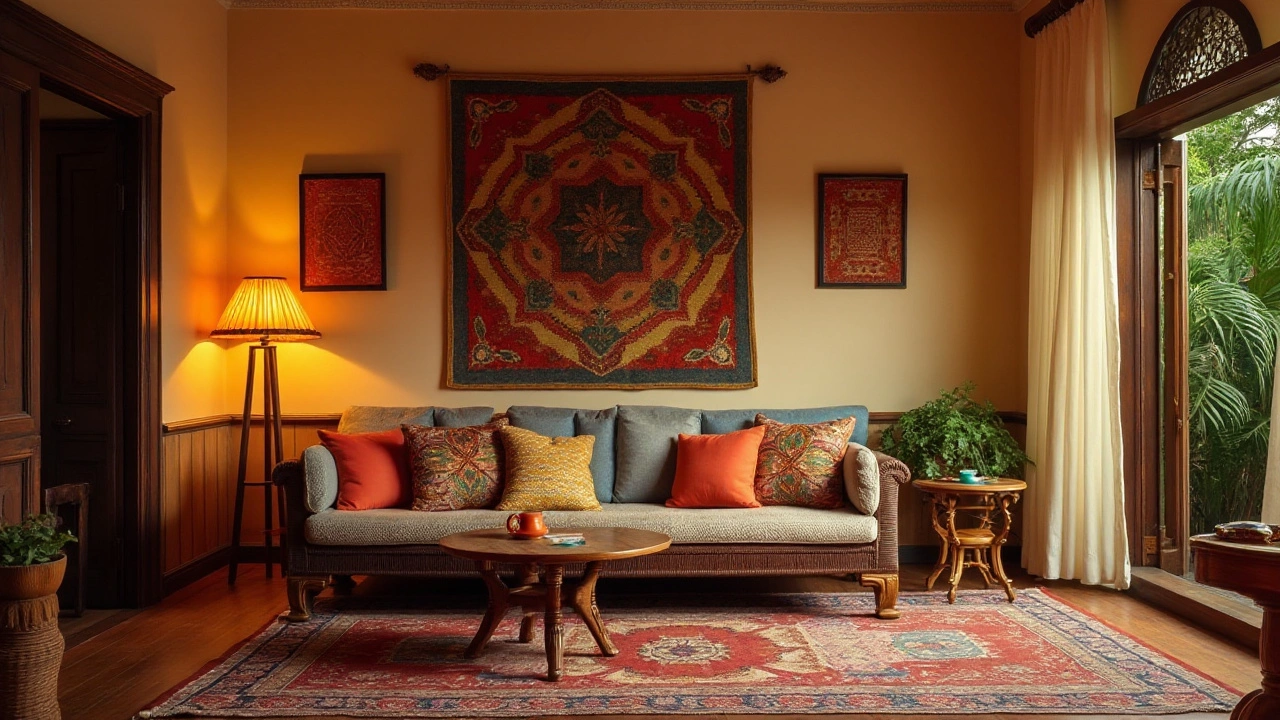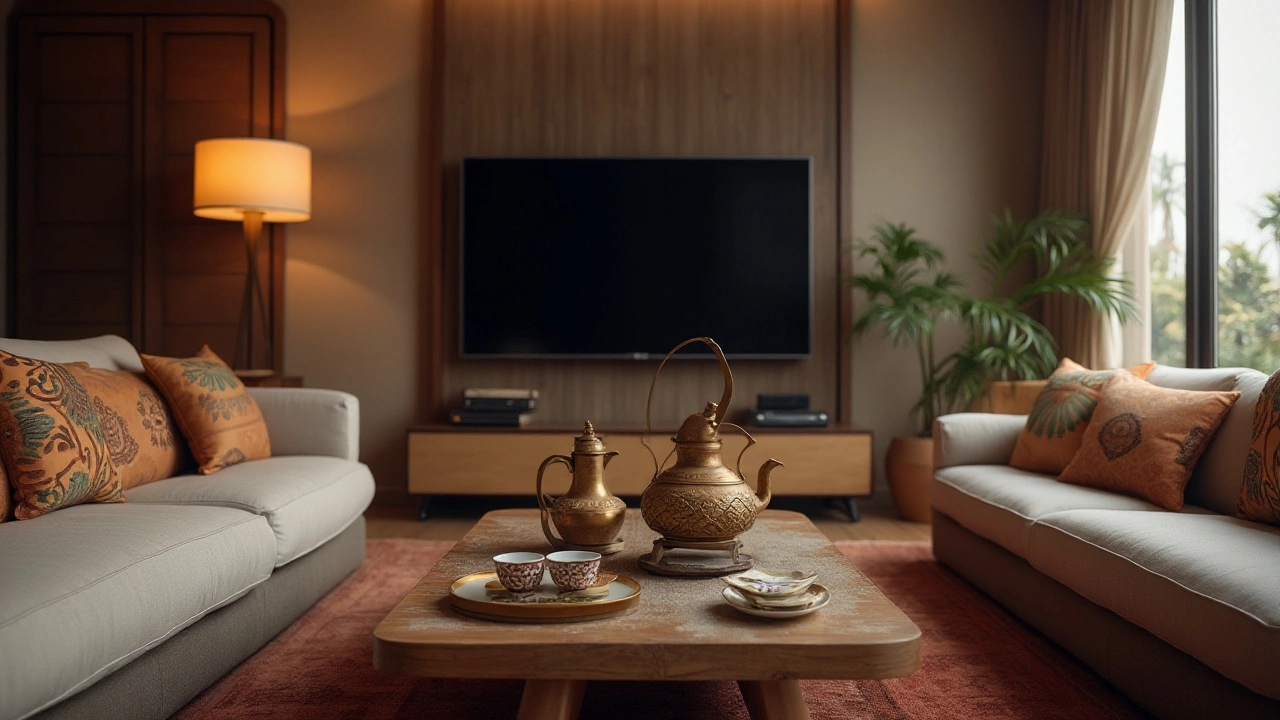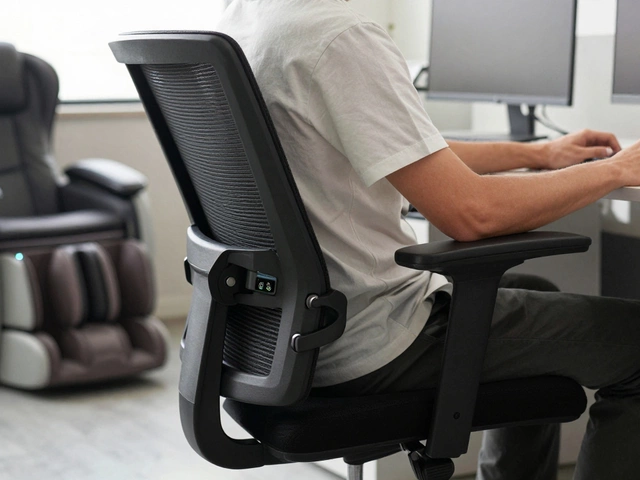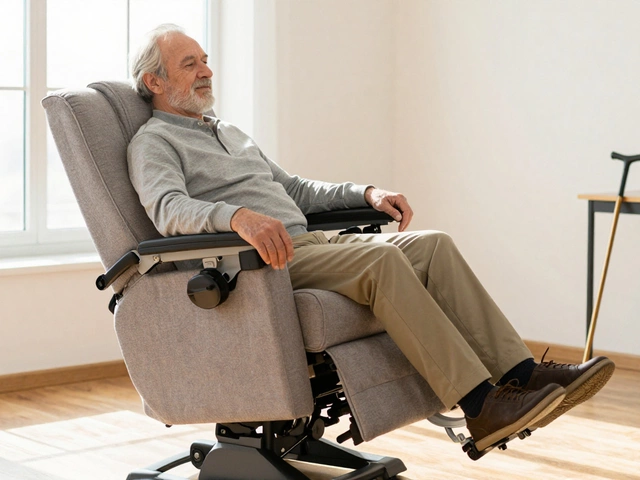December 2024 Archive: Your Quick Guide to Sofa, TV, and Living‑Room Hacks
Wondering what we covered in December? Here’s a fast‑track rundown of the most useful posts we published last month. From picking the right TV stand to mastering the 2/3 rule for sofa size, each article gives you practical steps you can apply today.
TV Set‑up and Living‑Room Layout
We started the month with a deep look at TV stands. One article breaks down why a stand can be more flexible than wall‑mounting—extra storage, easier cable management, and the freedom to move the TV when you need to. Another post tells you how to find the perfect viewing height, taking screen size, seating distance, and eye level into account. If you’ve ever wondered whether you’re sitting too low or too high, the guide gives clear measurement steps.
Missed the common TV placement pitfalls? We listed the spots to avoid—directly opposite a window, too close to a high‑traffic area, or too low for a comfortable angle. Combining those tips with the optimal height guide helps you create a clean, functional entertainment zone without sacrificing style.
Sofa Trends, Seating Rules, and Chair Choices
Gen Z’s color preferences stole the spotlight in our corner‑sofa trend piece. Bright teal, muted mustard, and soft pastel pink are the hues that most appeal to younger shoppers. We show how to mix those shades with neutral fabrics so the sofa fits any décor.
The 2/3 rule for sofa selection made its way into the archive, too. Simply put, your sofa should occupy about two‑thirds of the room’s seating width. That keeps traffic flow smooth and prevents the space from feeling cramped. We added visual examples and a quick calculator to help you measure your room.
When it comes to office furniture, we compared office chairs and desk chairs. Office chairs win on ergonomics and adjustability for long hours, while desk chairs are fine for short tasks. Knowing the difference can save you neck pain and boost productivity.
We didn’t stop at seating. A guide on couch‑to‑coffee‑table spacing recommends a 12‑ to 18‑inch gap, depending on room size. That distance lets you reach drinks without stretching and keeps the flow natural.
For those who love the classic Lazy Boy, we answered the big question: how long does it really last? Materials, usage, and regular care dictate lifespan, and we share three maintenance habits that can add years to your favorite recliner.
Lastly, we tackled a few niche topics that still matter. One post explains how to wrap furniture in plastic for long‑term storage without trapping moisture. Another shares garden‑friendly scents—like eucalyptus and lavender—that naturally repel chiggers, keeping your outdoor furniture bug‑free. And for parents or caregivers, we linked ADHD and autism traits to seating needs, suggesting supportive chairs that help focus.
All these pieces aim to make your home look better, feel more comfortable, and last longer. Bookmark the posts you need, try the tips, and let us know which changes work best for you. Your living space is a canvas—you’ve just got a fresh set of brushes.
The Benefits of Using a TV Stand: Enhance Your Living Space
Deciding whether to put your TV on a stand involves considering both aesthetics and functionality. While wall-mounting TVs have gained popularity, TV stands offer flexibility in positioning as well as storage options. A well-chosen TV stand can also complement the overall design of a room and provide a practical solution for concealing cables and housing audio-visual components. This article explores the advantages of using a TV stand and suggests ways to choose the right one for your living space.
Gen Z's Color Trends in Corner Sofa Design
Dive into the vibrant world of Gen Z's favorite colors and how they influence the design of corner sofas. Discover what hues captivate this generation and why their color choices matter in interior décor. This article explores the impact of color psychology, the practicality of shades, and the creative freedom Gen Z embraces in their home styling. Learn how to integrate these color trends into your living space to create a vibrant and energetic environment.
Office Chair vs. Desk Chair: Key Differences Explained
An office chair and a desk chair may seem interchangeable, but they serve distinct purposes in the workspace. Office chairs are designed with ergonomics in mind, offering support for longer hours, while desk chairs are often simpler, catering to shorter sitting times. This article explores their unique characteristics, highlighting aspects like adjustability and comfort. Understanding these differences can enhance your workspace setup for improved productivity and well-being.
Optimal TV Height for Perfect Viewing Experience
Positioning your TV at the right height can significantly enhance your viewing comfort and home entertainment experience. This article explores various factors that influence the ideal TV height, such as screen size, room layout, and seating arrangement. Readers will find practical tips on selecting the best TV stand and mounting options that suit different spaces. Discover how to achieve the perfect balance between aesthetics and functionality in your living space.
Avoid These Common TV Placement Mistakes in Your Living Room
Placing a TV correctly in your living room can make a huge difference in both aesthetics and functionality. This article explores the spots you should avoid when positioning a TV, ensuring a better viewing experience without compromising your living space's design. Learn insightful tips and interesting facts to enhance your living room setup efficiently.
Best Practices for Wrapping Furniture in Plastic for Storage
Exploring the pros and cons of using plastic wrapping for furniture storage, this article provides important considerations for protecting your cherished pieces. Readers will learn about effective techniques for ensuring furniture safety, avoiding potential pitfalls, and making informed decisions related to long-term storage. While plastics offer convenience, understanding their impact on different materials is crucial for ensuring the longevity of furniture.
Discovering the 2/3 Rule for Sofa Selection
Choosing the right sofa for your living space can be simplified by understanding the 2/3 rule. This design principle ensures a balanced and visually appealing setup by suggesting that your sofa's size should be approximately two-thirds of the room's seating area. Applying this rule can enhance the flow and usability of a space, making it essential for creating a harmonious living room environment. This article explores the nuances of the 2/3 rule, providing practical advice and examples to help you make informed decisions when purchasing your next sofa.
Optimal Viewing Distance for a 55-Inch TV: A Guide Tailored to Your Living Space
Setting up your living space around a 55-inch TV can be tricky, especially when considering the ideal viewing distance. This guide offers insights on positioning your TV for the best viewing experience without straining your eyes. It also explores how coffee tables play a role in enhancing your living room layout. Find out how to make the most out of your living space with practical tips and intriguing facts.
The Lifespan of a Lazy Boy Couch: Durability and Care Tips
Lazy Boy couches are renowned for comfort and often become cherished fixtures in our living spaces. Examining their lifespan involves considering materials, usage, and care. Things like construction materials and family dynamics can heavily influence longevity. Proactive maintenance and a few insider tips can extend their use significantly. Discover how long these sofas really last and ways to preserve their condition.
Perfect Couch and Coffee Table Spacing: A Comprehensive Guide
Finding the optimal distance between a couch and a coffee table can transform your living space into a more functional and aesthetically pleasing area. This article explores expert advice on creating the perfect balance in your living room. You'll discover recommended spacing practices, tips on adapting layouts for different room sizes, and how to choose the right furniture proportions. With these insights, your living space will become more inviting and practical.
Natural Scents That Repel Chiggers from Your Garden
Chiggers can be a nuisance in any garden setting, especially when you're trying to enjoy your outdoor furniture. Discover the scents these tiny pests detest and learn how to safeguard your garden naturally. From essential oils to everyday herbs, these methods will help keep your backyard oasis chigger-free. Enjoy your garden furniture without the worry of insect bites with these effective, natural solutions.
Understanding the Connection Between ADHD and the Autism Spectrum
ADHD and autism spectrum disorder often present overlapping symptoms, leading some to question the nature of their relationship. While these conditions share similarities, they are distinct entities with separate diagnostic criteria. This article explores the nuanced connection between ADHD and the autism spectrum, elucidating the differences and similarities to help increase awareness and understanding. Understanding these distinctions can play a vital role in creating supportive environments, including choosing suitable office chairs that accommodate varying needs.

